Borrowing its shape from a disposable to-go cup lid, this new drone wing adapts to its surroundings all on its own.
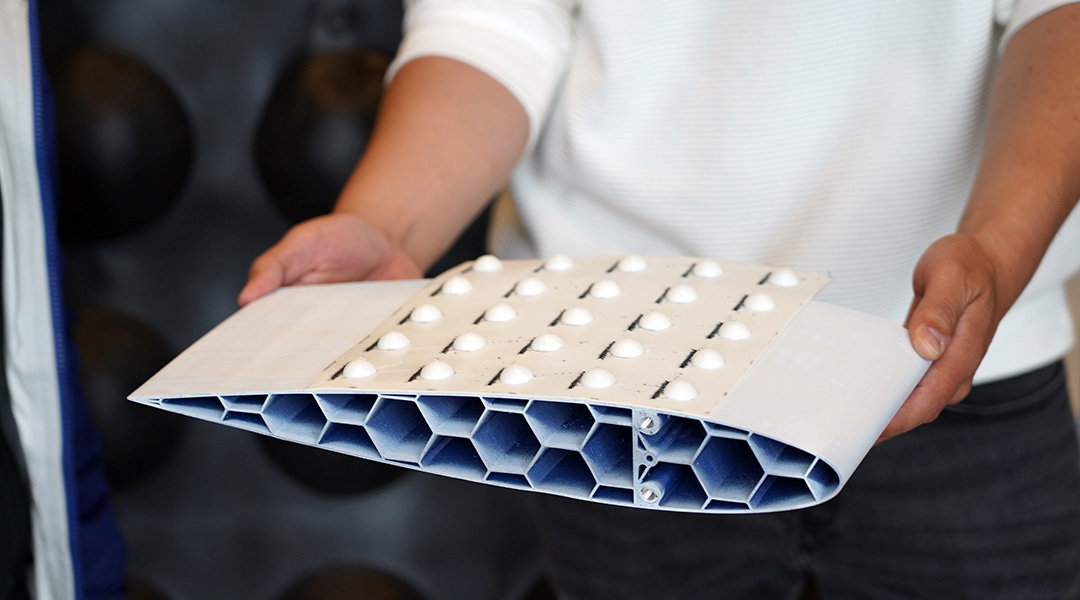

Borrowing its shape from a disposable to-go cup lid, this new drone wing adapts to its surroundings all on its own.
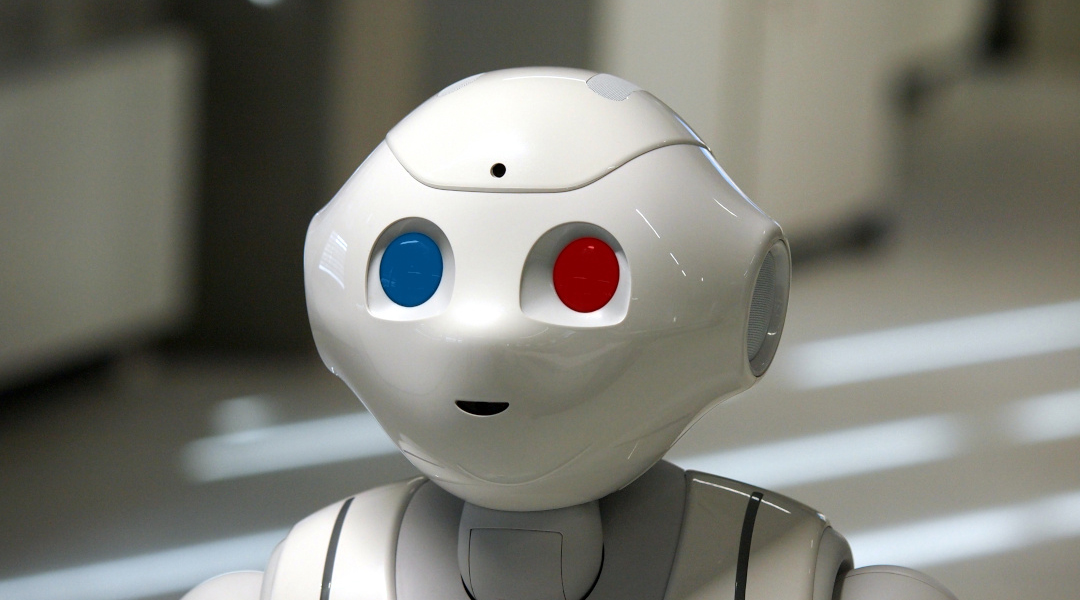
Fusing data from multiple moving cameras helps robots generate realistic 3D maps of their surroundings.
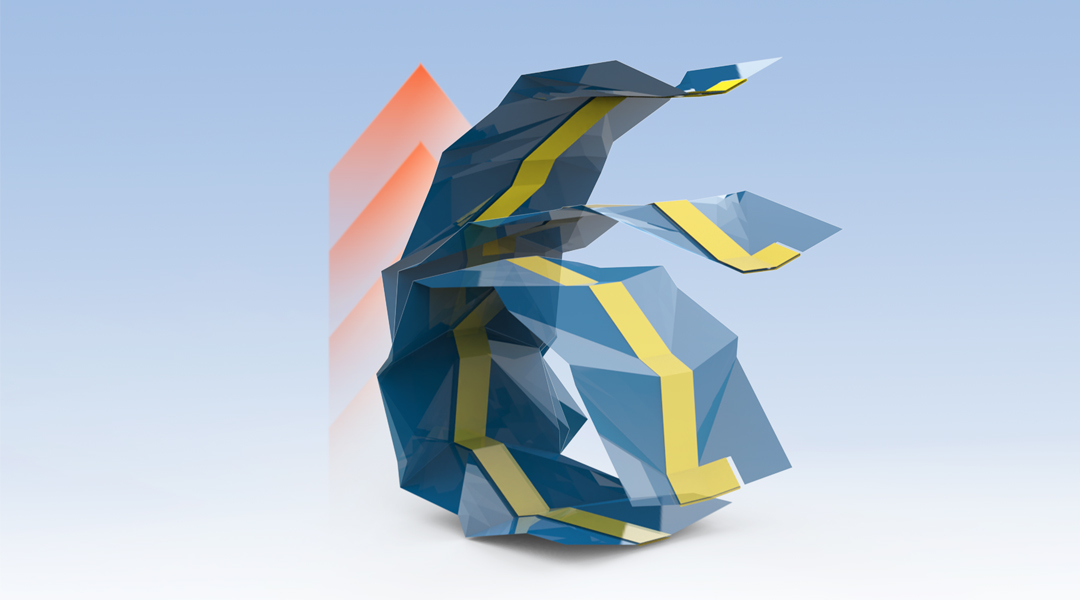
A three-unit soft actuator brings together ease of fabrication and state-of-the-art design to overcome challenges in robotics.

Sensors developed to respond to jaw movement can be connected wirelessly to different devices for hands-free control.

Researchers demonstrate learning behaviour in a solid-state device that is entirely controlled by electrical stimuli.
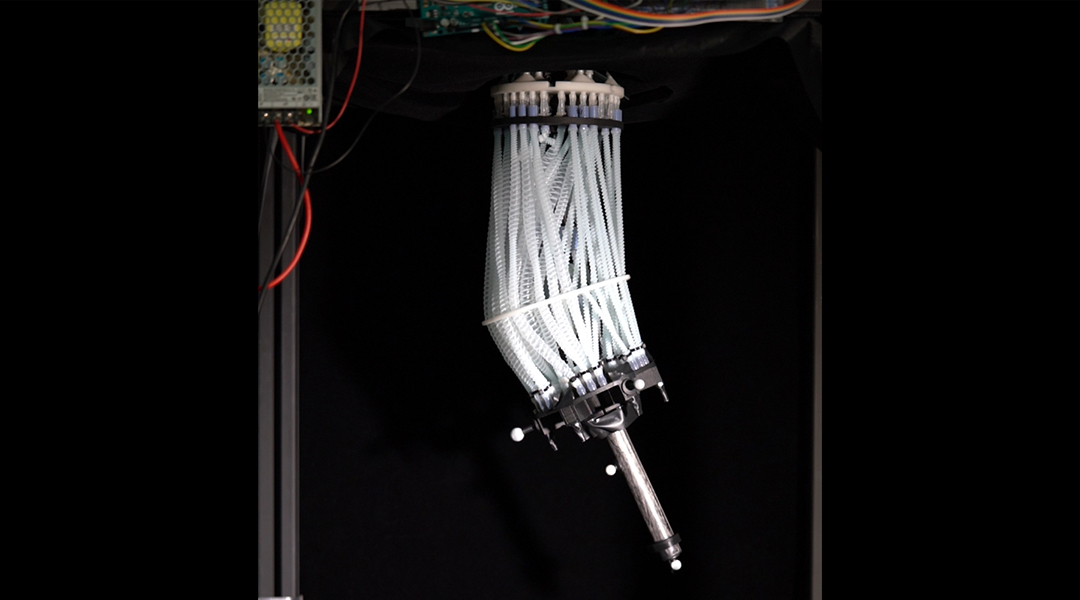
Using soft materials, researchers have developed a robot arm that mimics the rotational movement and structure of the shoulder.
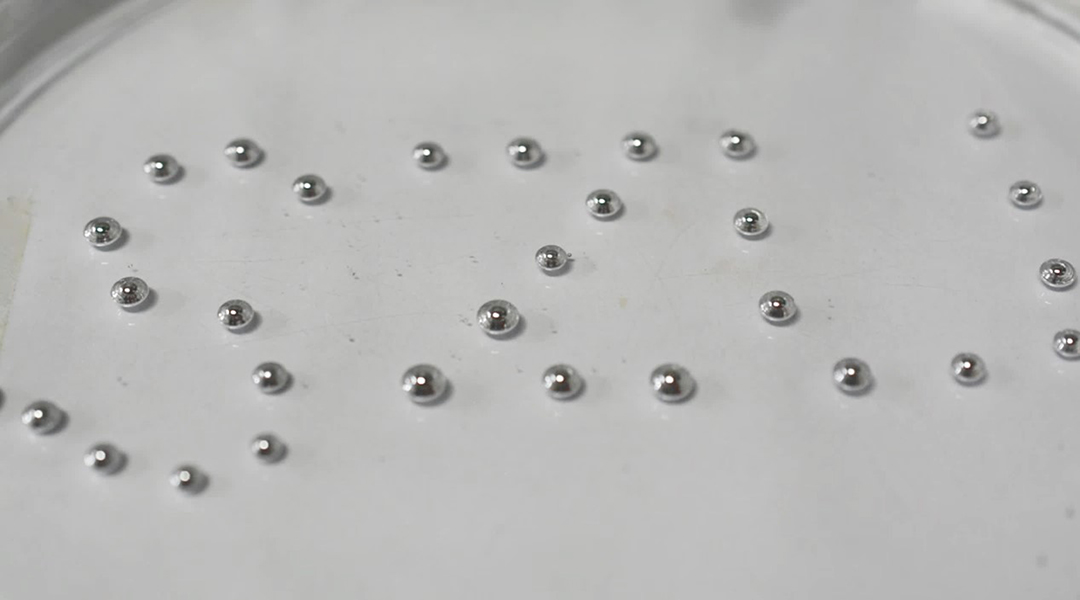
Researchers leech off the natural world to develop dynamic liquid metal robots for electrical circuits.
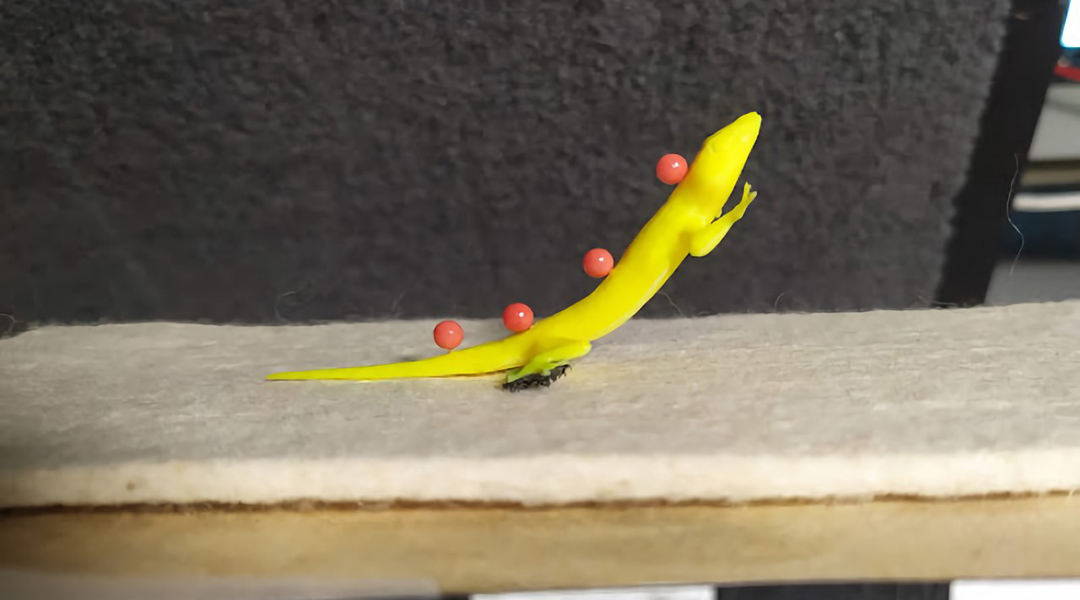
Insights gained from the hard landings of tree-climbing geckos leads to better and controlled perching in robotic aerial vehicles.
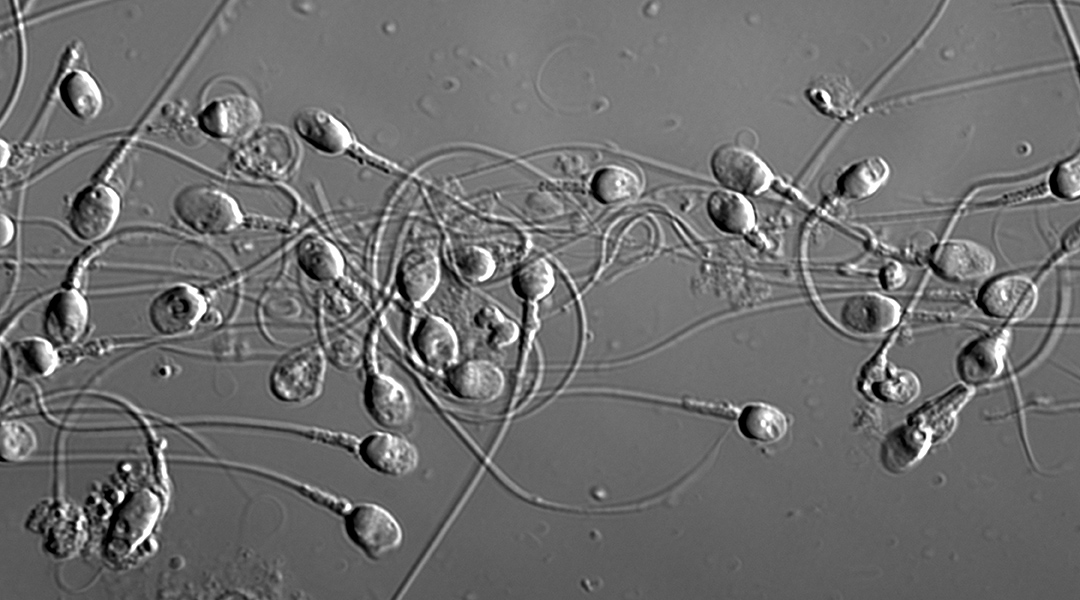
To help improve the success rates of fertility treatments, scientists are turning to AI to help standardize the sperm selection process.

Microrobots dubbed “microwalkers” can both swim and walk, allowing them to transverse challenging biological environments.